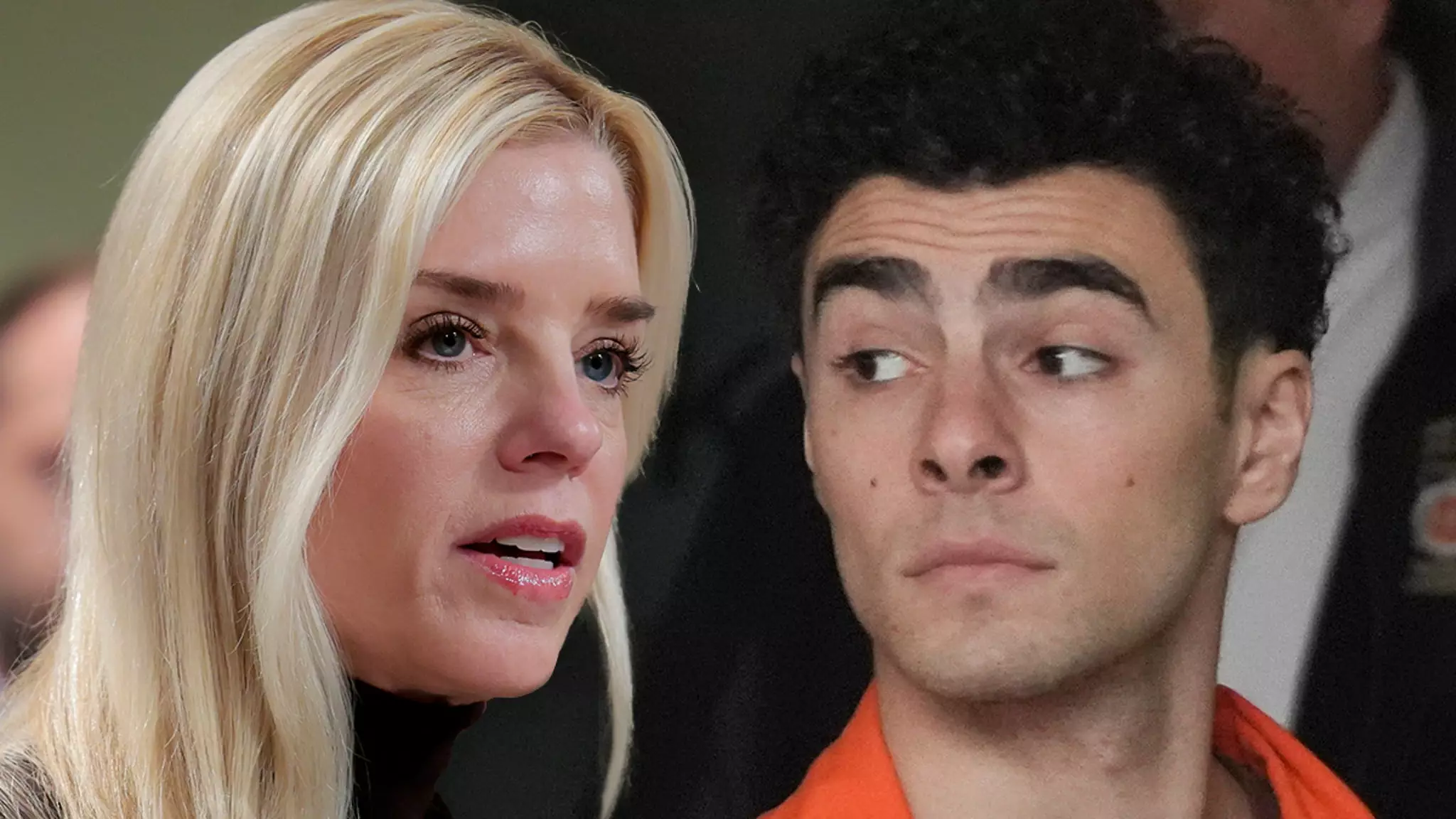Luigi Mangione’s ongoing legal saga epitomizes the profound flaws within the American justice system, revealing unnerving dynamics where justice seems overshadowed by political motives and prosecutorial zeal. The atmosphere surrounding this case is both alarmingly charged and indicative of a larger trend: the prioritization of power and reputation over nuanced legal considerations. Attorney Karen Agnifilo’s vehement defense encapsulates a key argument — that the federal government’s pursuit of the death penalty is not merely a response to alleged heinous acts but a move laden with political implications that threaten the tenets of fair justice.
In a legal landscape rife with discrepancies, the apparent divide between the Justice Department and local prosecutors is particularly striking. While federal authorities are eager to impose capital punishment for what is framed as a brutal premeditated murder, local prosecutors have adopted a more cautious stance. This division raises compelling questions: Is the push for the death penalty genuinely about deterring violence, or is it a gambit aligned with political agendas aimed at appeasing constituents who demand “tough on crime” tactics? Such internal discord not only highlights dysfunction within the federal system but also articulates an unsettling narrative of using criminal justice as a political tool.
The Role of Political Agendas in Criminal Justice
U.S. Attorney General Pam Bondi’s unwavering stance on seeking the death penalty underscores a stark reality: the interplay of politics and justice can overshadow the humanity of those involved. By framing Mangione’s alleged actions — the murder of UnitedHealthcare CEO Brian Thompson — as a “cold-blooded assassination,” Bondi reduces a complex case to simple, sensationalized terms. This reductionism is dangerous as it risks dehumanizing the accused and polarizing public opinion, ultimately compromising the integrity of judicial proceedings.
Moreover, this case shines a spotlight on the broader healthcare and welfare issues within American society. When one considers that Mangione’s alleged victim was a figure in the healthcare industry, it unveils layers of disconnect between the struggles of ordinary individuals seeking care and the high-stakes games played by those at the top. Ironically, by pursuing the death penalty, the government reinforces the very system it aims to correct, blind to the fact that its approach may further alienate those already disillusioned by administrative failures in healthcare and law enforcement.
Public Sentiment and the Court of Public Opinion
As the allegations progress through the courts, public sentiment has become an unpredictable player in the narrative. With supporters gathering outside courthouse doors, their presence heralds a troubling trend in which defendants become symbols of broader societal discontent. This atmosphere not only raises essential questions about the fairness of the trial but also emphasizes how narratives can be shaped and manipulated to serve partisan interests.
What’s most unsettling is the potential for Mangione to be caught in a whirlwind of political theatrics and media sensationalism rather than receiving a fair hearing based on facts and evidence. The complexities of his case are reduced to a spectacle, with moral implications taking a backseat to “justice” as conceived by the powers that be. The challenge now stands for society to dissect the layers of this case and understand that justice, as a principle, must operate independently from the fray of political ambition and public noise. By doing so, we can aspire to a more equitable legal system that values humanity over spectacle.

